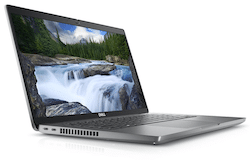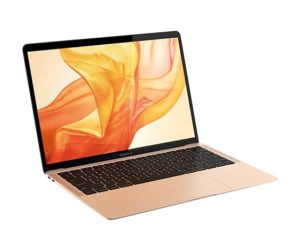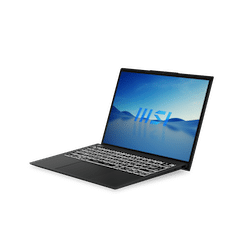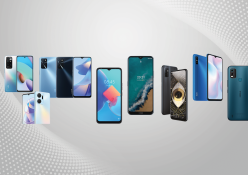TECH BUYER’S GUIDE, December2023 – Best laptops tested and compared on sound, price and build quality by the experts at Tech Magazine
PHONES | HEADPHONES | LAPTOPS | TABLETS | HEALTH TRACKERS | WIRELESS SPEAKERS | GAMING | TVS | ACCESSORIES | STREAMING | MOUSES | GAMING MOUSES
It’s not cheap, but our top laptop is selected for its workhorse build and feature set. It’s not flashy, but it is light and tough, it flies through serious office work, and it should outlast cheaper competitors by some years. 14′ screen, 16 GB RAM, 512 GB storage, 1,4 kg, R30 000
Apple’s highly regarded M1 chipset brings a huge boost in power and battery life to the new Air. Although it looks little changed from previous models, the Air’s build quality and horsepower means it will outlast most competitors. 13.3′, M1 CPU, 8 GB RAM, 128 GB SDD, 1.29 kg, R17 000
Our recommended budget buy is a well-built, solid performer with some added horsepower where it matters: a quality 16-inch OLED screen and 16 GB RAM to keep things flying. We also liked the fingerprint reader and number pad. 15.6” OLED, Ryzen 5, 16 GB RAM, 512 GB SSD, 1.63 kg, R14 000
There’s serious fire-power packed into this light slimline model. Standing just 19 mm thin and weighing less than 1 kg, this executive-class laptop has no corners cut, there’s a full set of ports, and the keyboard and screen are superb. 13.3”, i7, 16 GB RAM, 256 GB SSD, 990 g, R30 000
With some processing power, a full array of ports and a decent screen, this is an excellent budget buy. You won’t be playing games, but you will get a full day of battery life out of this sensible design. 15.6”, i3, 4 GB RAM, 128 GB SSD storage, 1.80 kg, R8 000
BUYING GUIDE
How to buy a basic laptop
A so-called basic laptop means different things to different users. What it is not, however, is an entry-level laptop, where products are categorized solely on price. For our purposes, ‘basic’ means it does all the most important stuff without a hiccup: email, web browsing, handling complex documents, working with pictures, playing videos, and posting social-media updates.
WEIGHT: Heavy laptops travel less. If you’re planning on carrying your laptop around all day, then make sure it weighs less than 2 kg. Less is better, naturally, and a few hundred grams either way genuinely does make a real difference.
MEMORY & STORAGE: You can make things work with 4 GB of RAM as the bare minimum, but 8 GB is more realistic for operating efficiently. Critically important is a solid-state drive (SSD) which makes the whole PC feel properly zippy, compared with the traditional, old hard drives.
SCREEN: Your screen consumes most of your battery. Smaller screens of around 12 inches are difficult to work on for extended periods and 17-inch screens make for very bulky laptops. Most people need screens around 15 inches, and a high-quality OLED screen is a delightful perk.
KEYBOARD: It’s a bigger deal than you might think. Everyone’s typing style is different, and you will adapt to whatever you get, but see if you can find your laptop of choice on display somewhere and give the keyboard and trackpad a go.
PORTS: A surprising number of things still need to plug in, including flash drives, memory cards and wireless dongles for mouse and keyboard. Shoot for two regular USB and one USB-C port, at least. Make sure at least one is rated USB 3.2 for high- speed data transfer and cut down on wait times. HDMI out is useful if you want to work on a full-sized monitor.
DOCKING: This is a critically important and often overlooked feature of laptop ownership. To be productive for long stretches at your desk, get a full-sized screen, keyboard, and mouse. Plugging all these into a USB-C powered hub means docking at your desk and working in comfort becomes one plug convenient.






![image020[87] image020[87]](https://tfgmedia.co.za/wp-content/uploads/elementor/thumbs/image02087-qap7yx5s6bh6z1jtnofv5xx3xubh0c3g2bvn0tr1dw.png)

![image017[14] image017[14]](https://tfgmedia.co.za/wp-content/uploads/elementor/thumbs/image01714-qap84ib8sv4jzlfn13e0zj5r2as0rka05zhjq1gsec.png)



